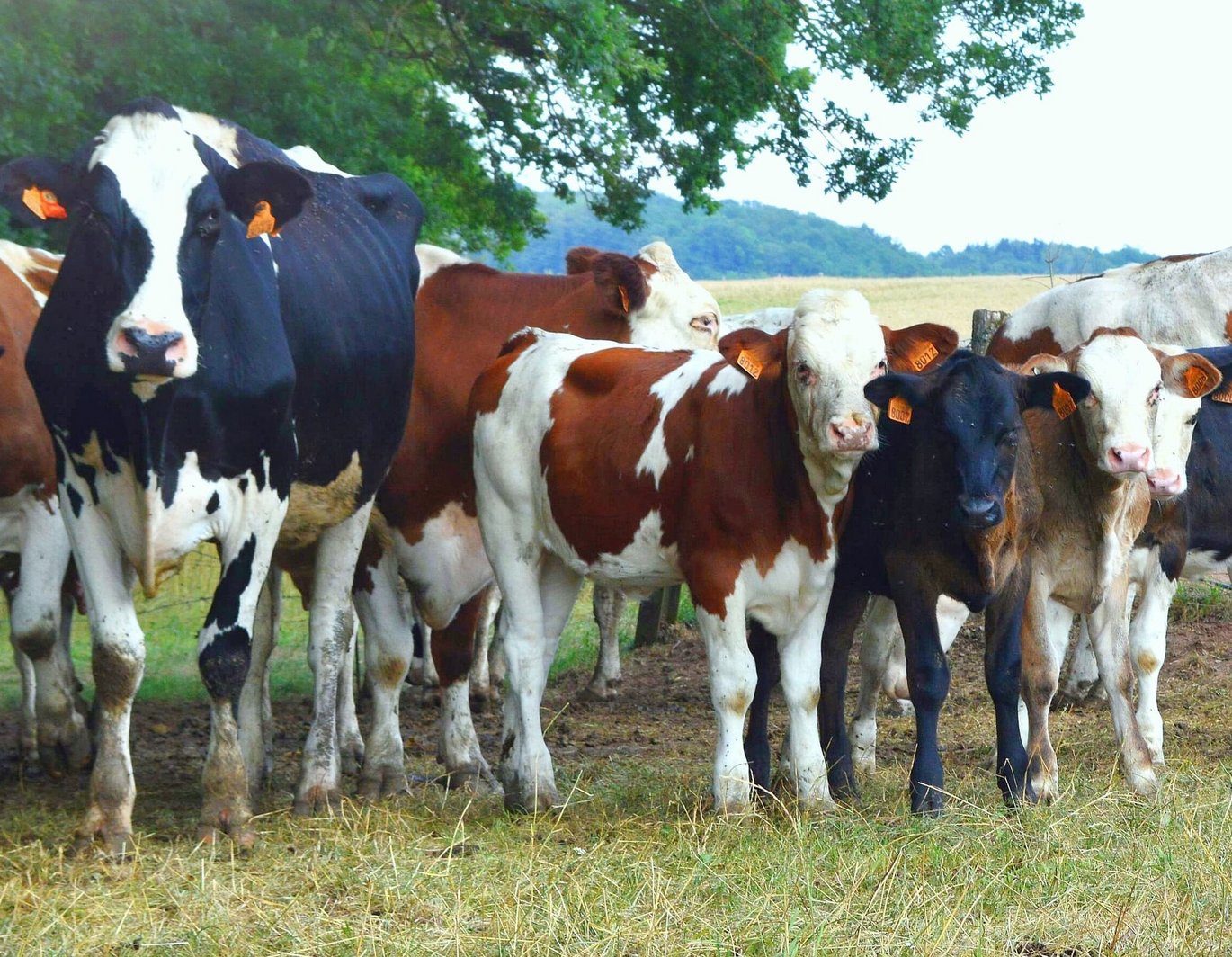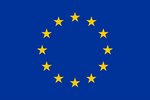Rearing calves with adult dairy cows: advantages and constraints
Innovative calf rearing dairy systems based on close relationships between young and adult cows are more and more implemented by French dairy farmers. Focus on these farmers’ experience indicates that these techniques can be easily and widely adopted.

Animal welfare is a major issue in organic farming, which requires to give animals adequate conditions to express their natural behaviour. Rearing young calves is questioned more and more, since separating them from their dam shortly after birth remains the major common practice in many farms. In France, two alternative methods to avoid such an early separation are implemented in some farms: calf-dam rearing or calf-nurse rearing.
The aim of this study was to characterize these nursing practices and to identify advantages and constraints along to farmers’ point of view. Within the ProYoungStock project, a quantitative survey with almost one hundred dairy farmers’ interviews has been conducted by students. A complementary study, based on comprehensive interviews of 20 organic dairy farmers, was performed within the GrazyDaiSy project, in order to go further in understanding farmers’ practices and perceptions of animal health, as well as welfare related to their system.
Results indicated that three main practices stand out: (1) the calves are reared exclusively with the dam until sale or weaning for renewal females, (2) they are reared with their dam and then, fed artificially with milk until they are sold or weaned and (3) the calves are reared with their dam and then, fed by a nurse until they are sold or weaned. Nurses usually fed two to three calves, and were kept outside on pasture. In this case, weaning occurred at an advanced age of 4 to 9 months. Adoption is the key point that determines success or failure of the nurse-calf rearing system. Nurses are mostly chosen among the cows to be culled at the end of their lactation or among those who had subclinical mastitis or who presented problems for milking. Regular monitoring and contact are needed, otherwise calves can become like wild animals. In calf-dam rearing systems, separation is a major problem, since mooing remained for 2.4 d on average, for both cows and calves.
Farmers implemented these practices for a large variety of reasons: mostly improving animal health or working conditions, reducing working time or livestock costs. Indeed, regardless of the technique, farmers considered that calves’ health and welfare is improved in comparison to their previous artificial feeding system and 80 percent of them reported a decrease in calf diarrhoea frequency in the quantitative study.
Alternative rearing techniques to artificial milking is of increasing interest in most dairy farms in France. However, studies are needed to better characterize these practices and precisely quantify their impact on performance of calves and cows.
Authors
Florence Hellec, INRA ASTER, Florence.hellec@inra.fr
Audrey Michaud, VetAgroSup, Université Clermont Auvergne, INRA VetAgro Sup, UMR Herbivores F63122 Saint Genès Champanelle, France.
